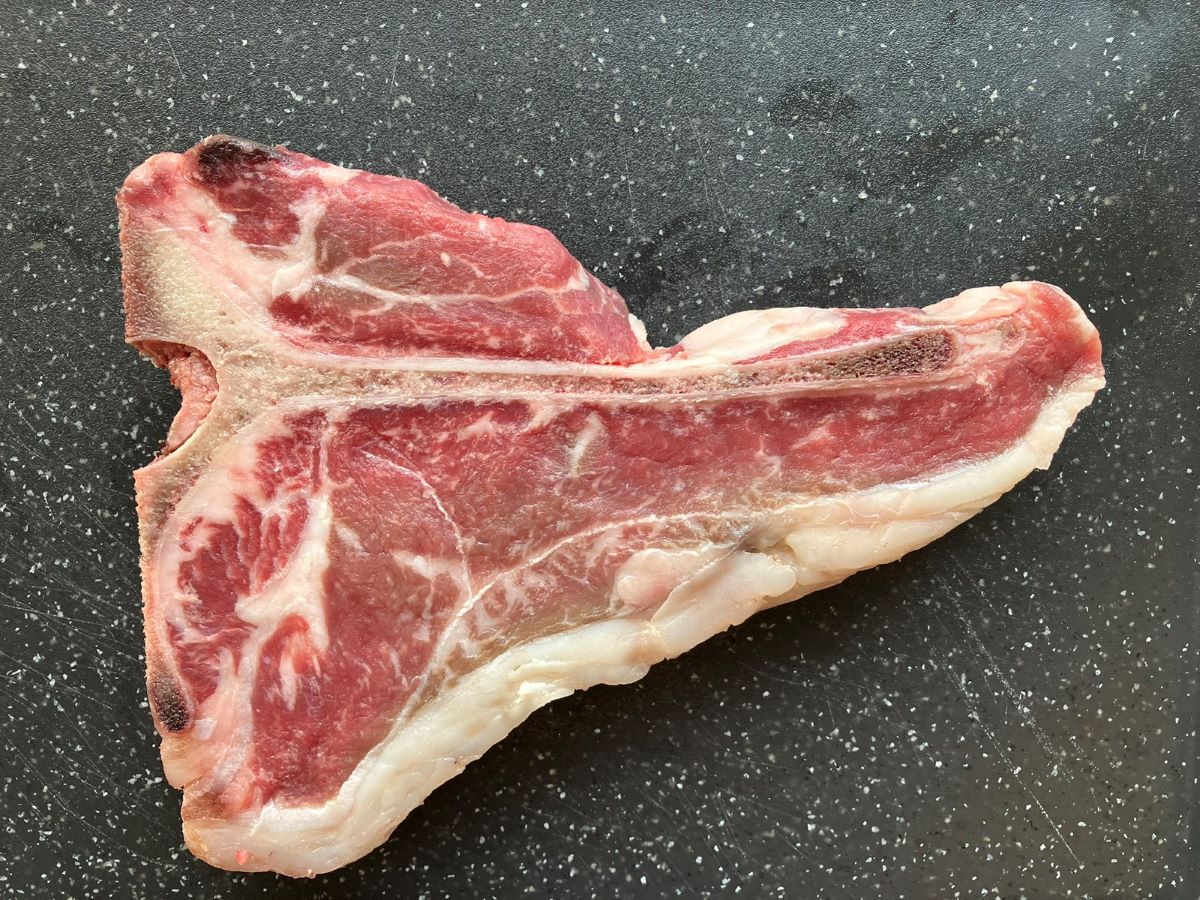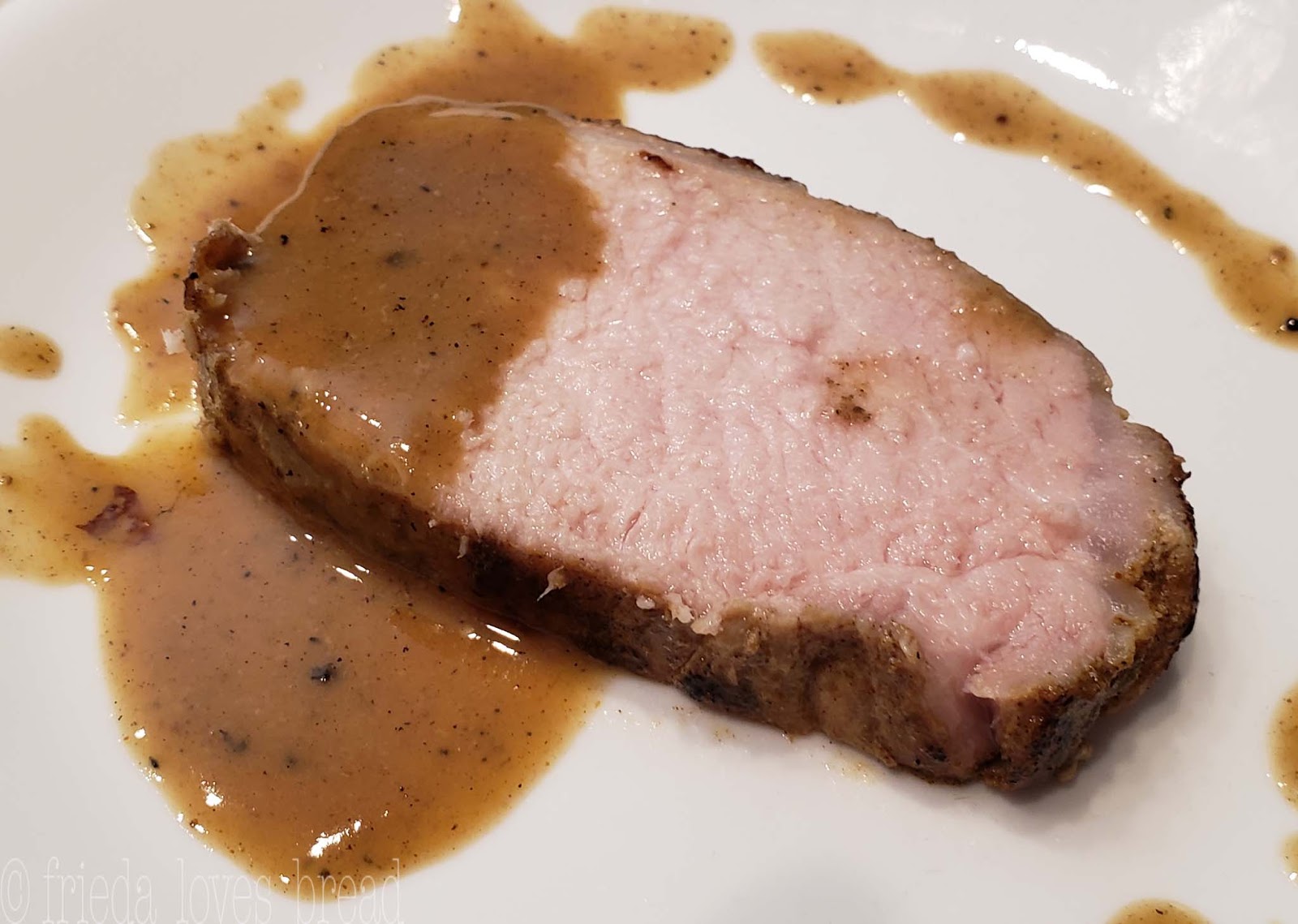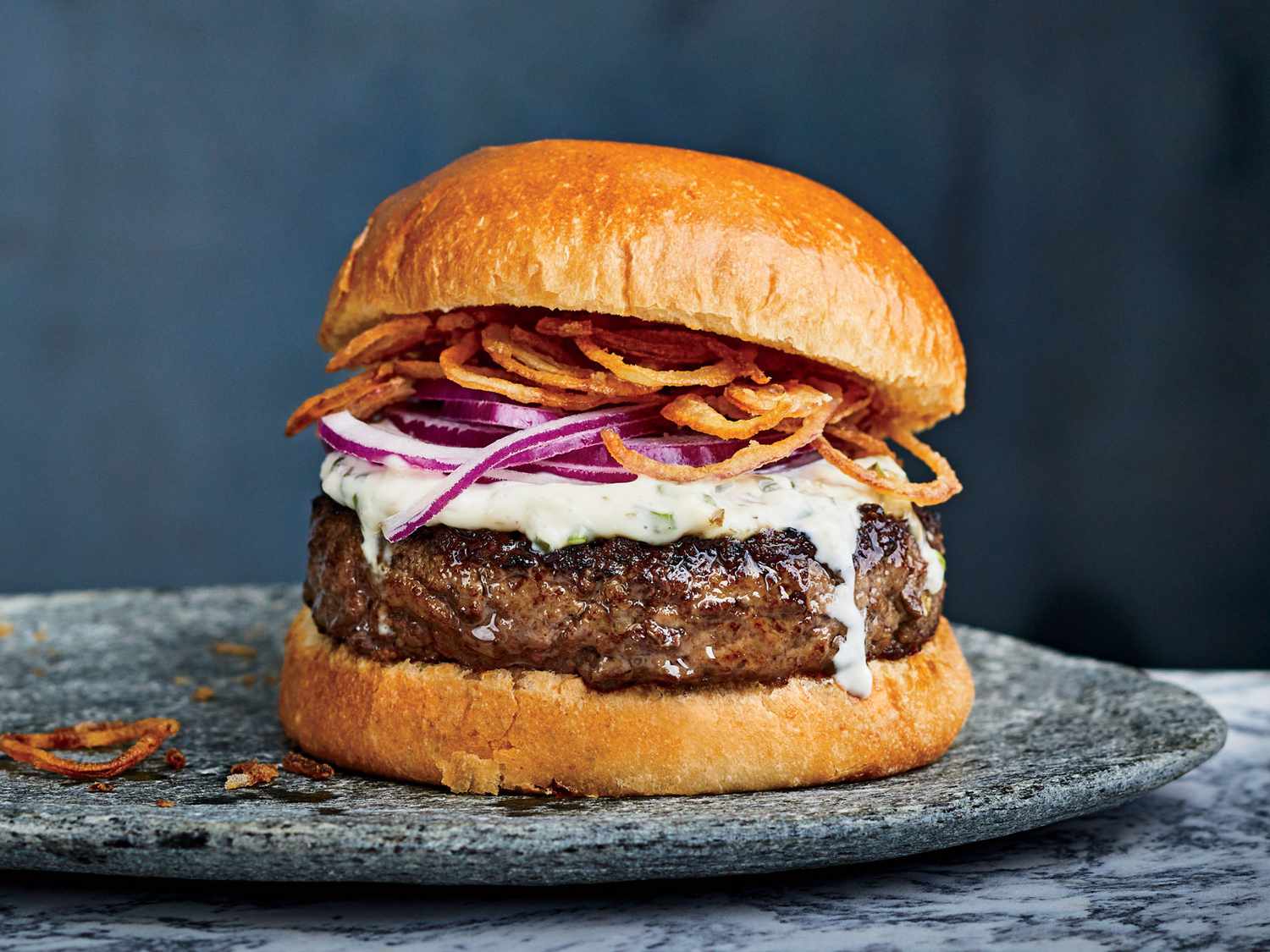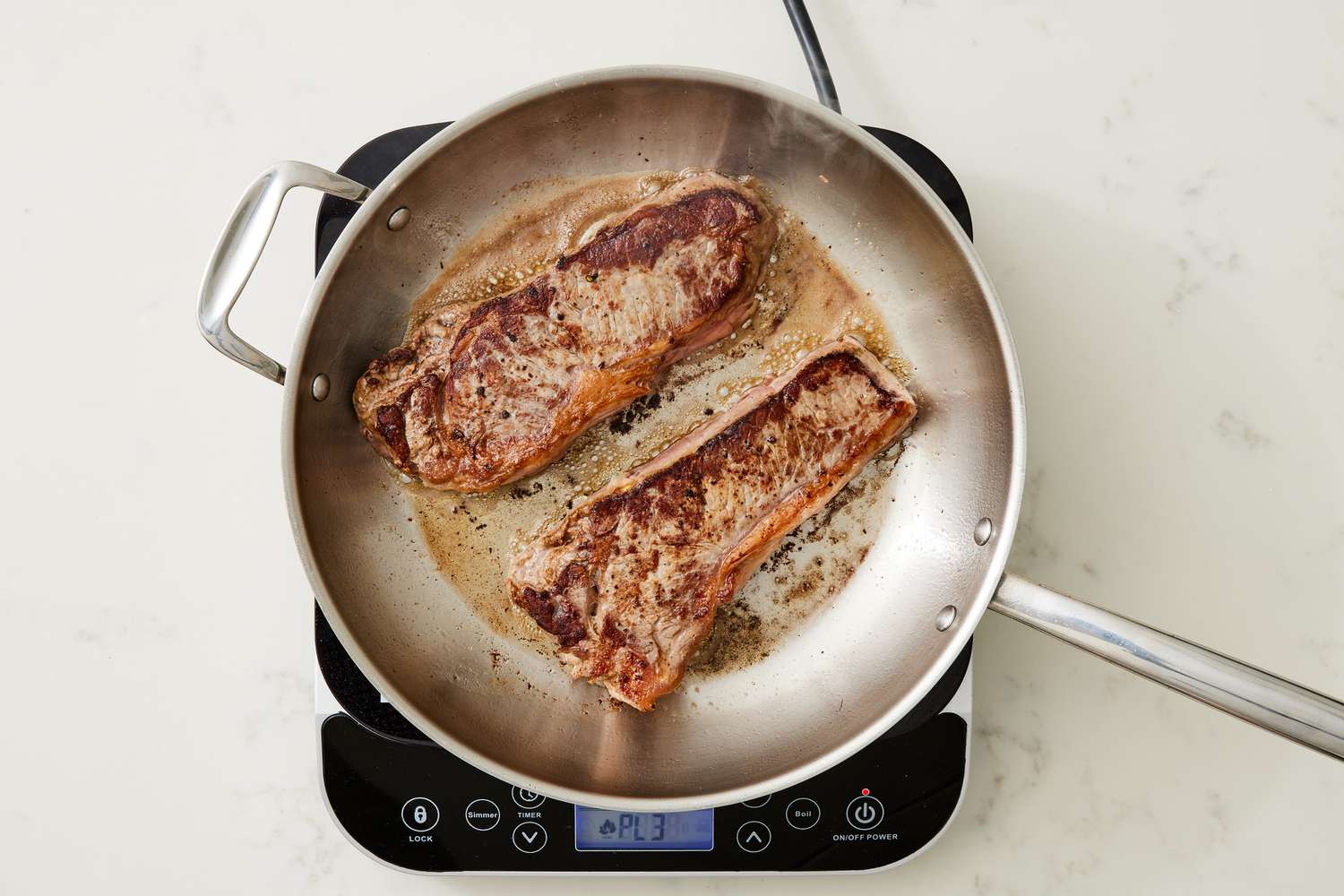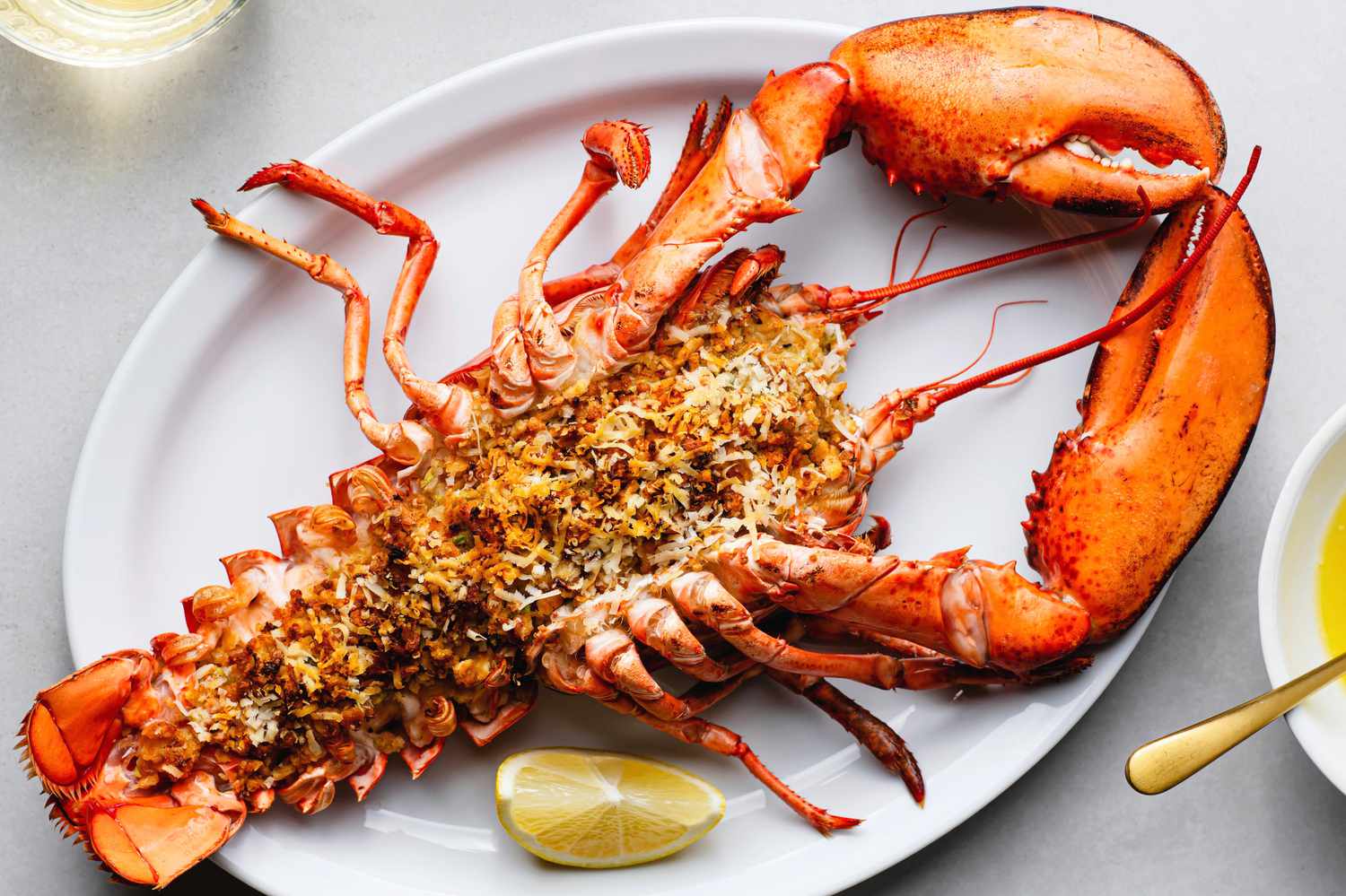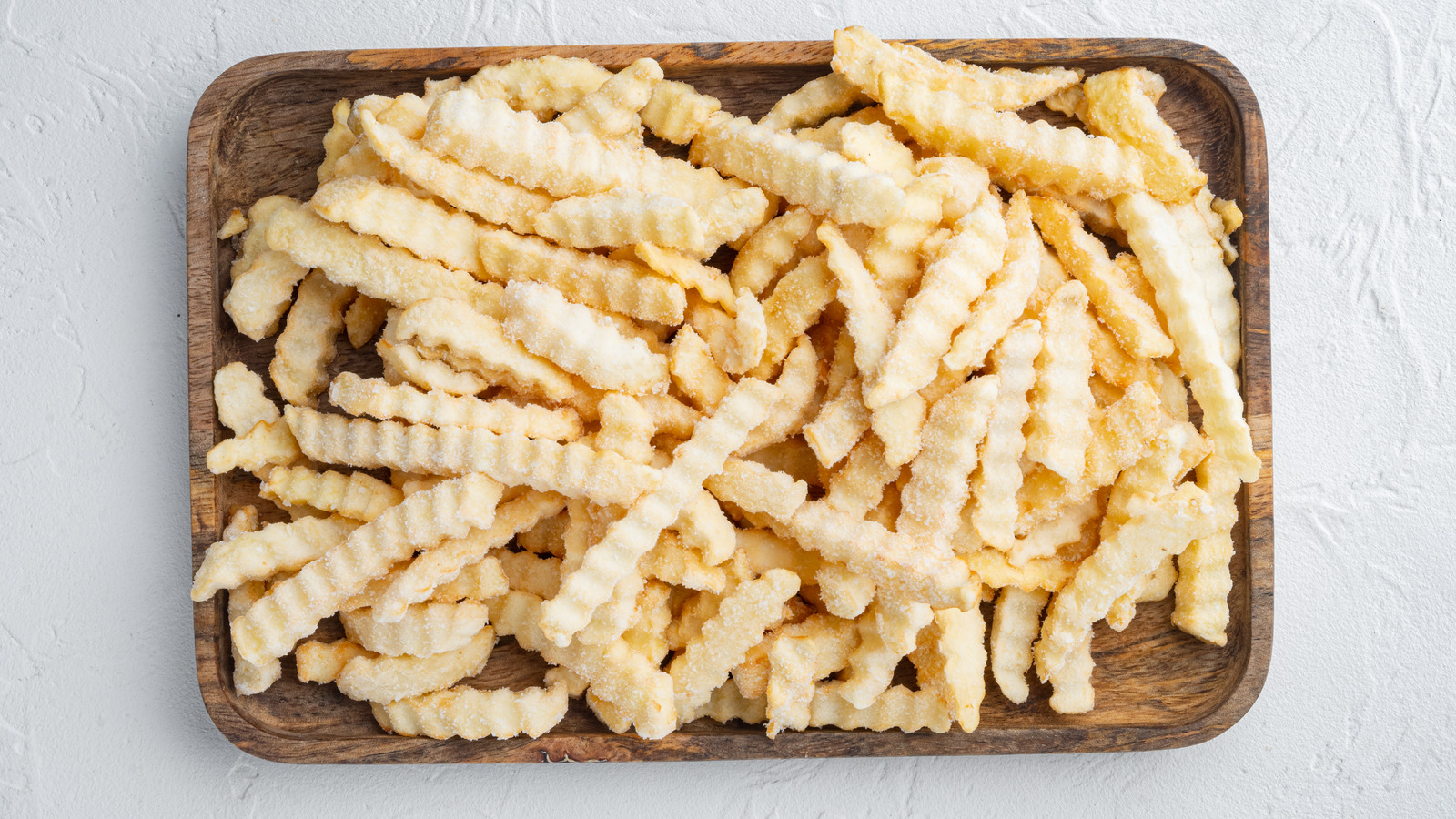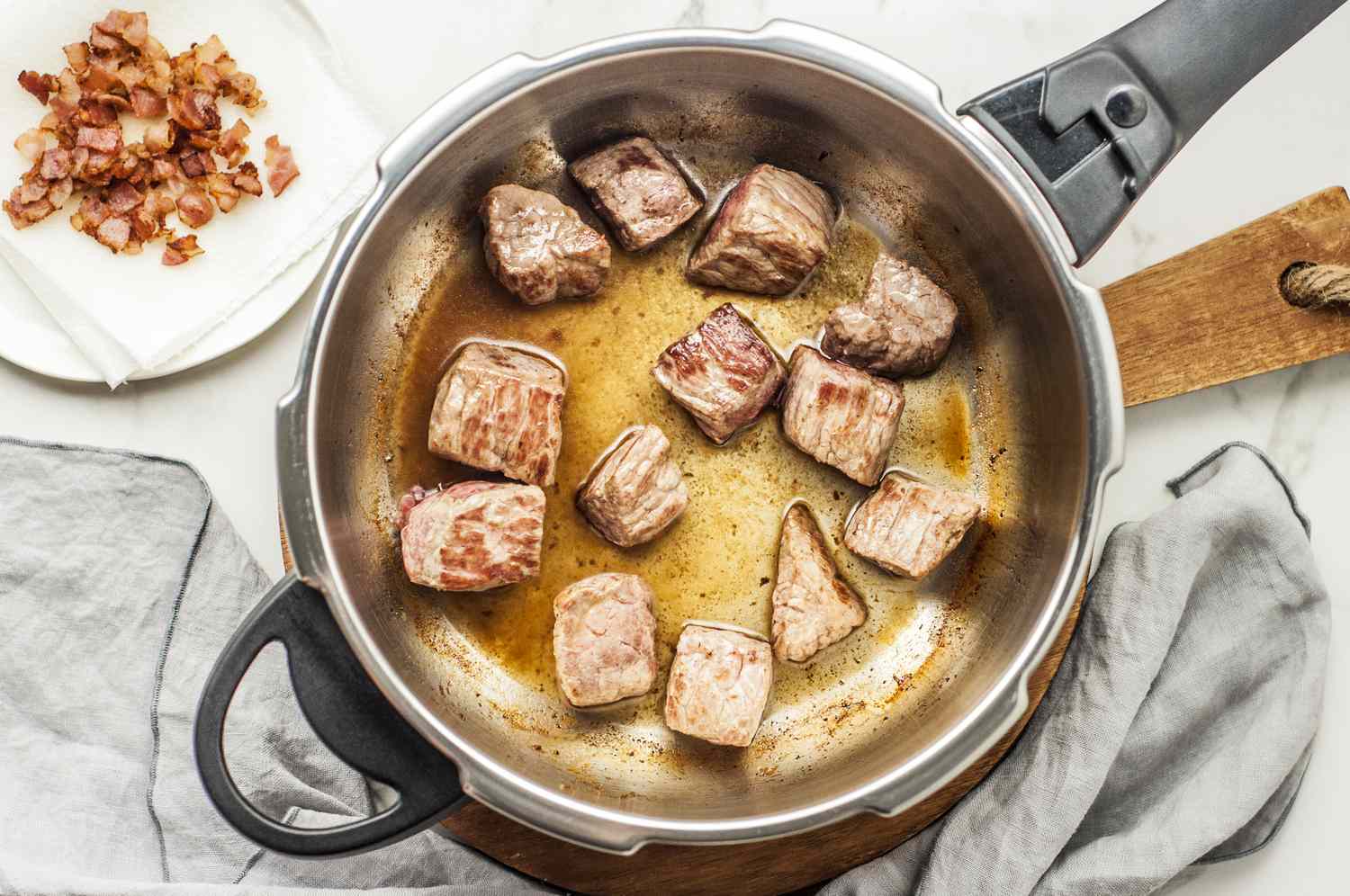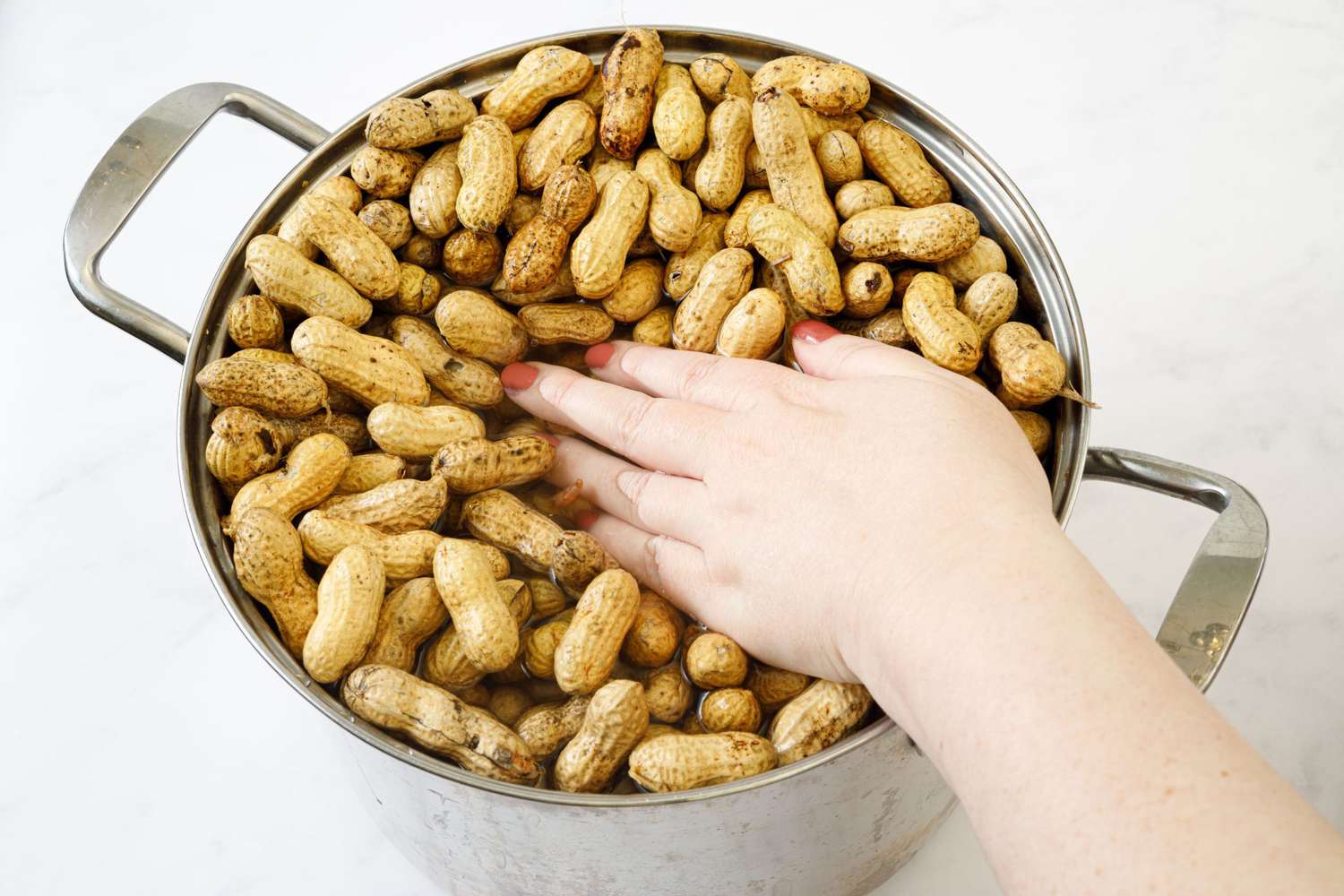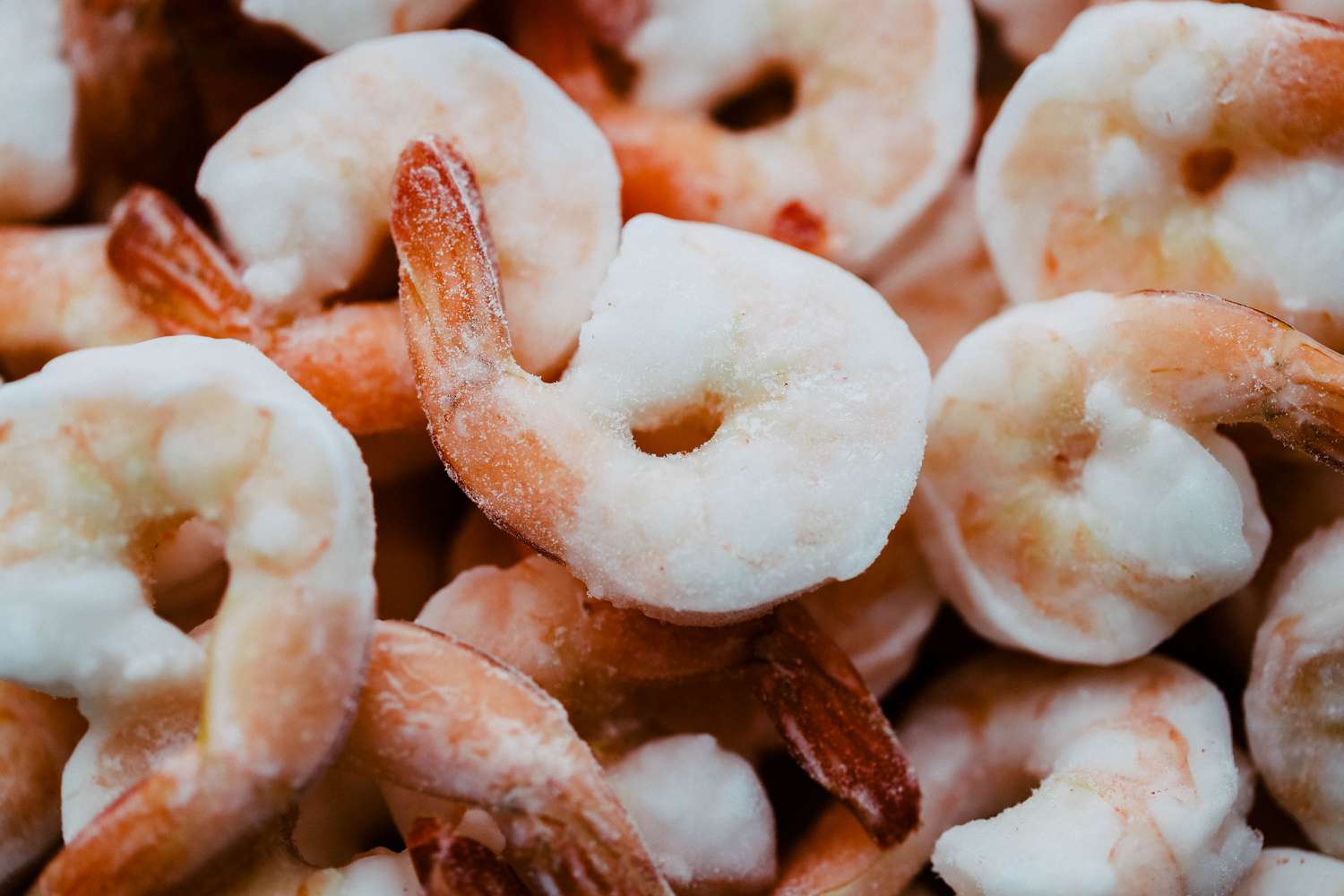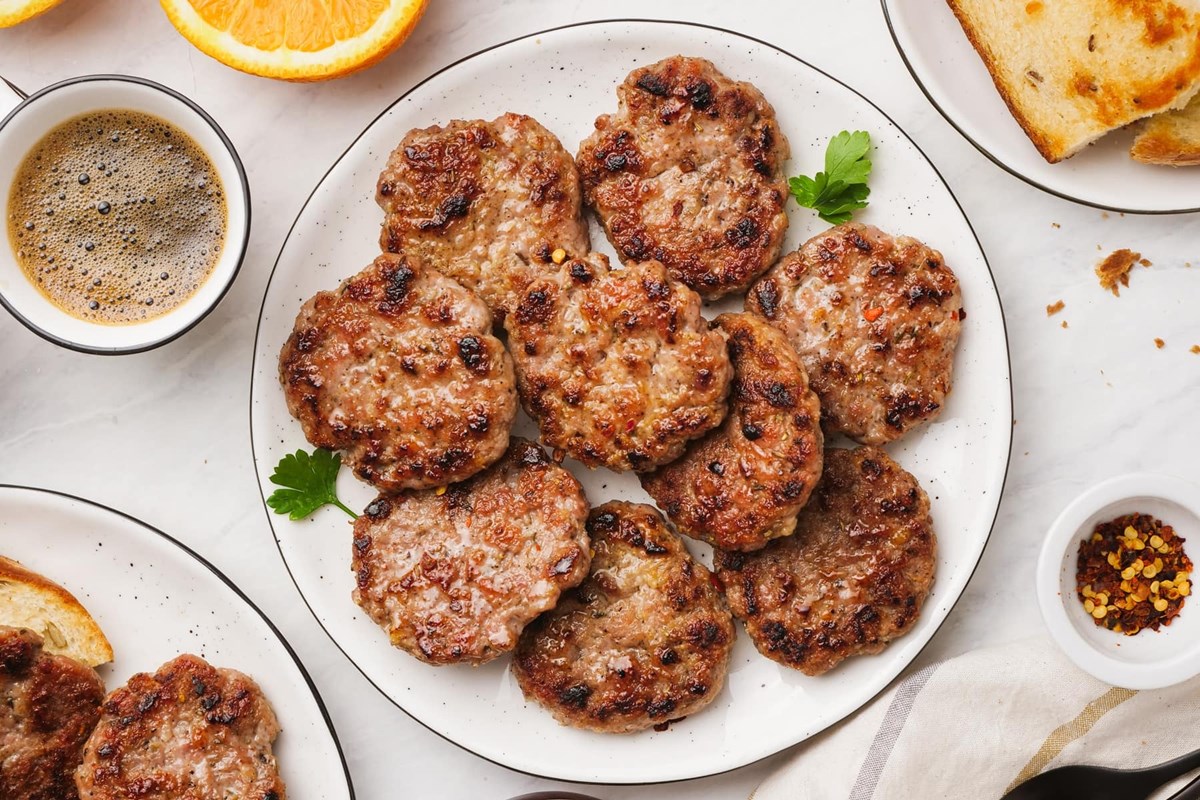Mastering the Art of Cooking Skinless Salmon
Salmon is a versatile and incredibly delicious fish that is loved by many food enthusiasts. While some prefer to cook salmon with the skin on, others may find it more appealing to have it skinless. If you are one of those who prefer skinless salmon, you’ve come to the right place. In this article, we will explore various techniques and methods to help you cook this delectable fish without the skin, ensuring a flavorful and satisfying meal.
Why Cook Salmon Without Skin?
Cooking salmon without the skin has its own advantages. Removing the skin can give the salmon a milder flavor and a more delicate texture. Additionally, it eliminates the risk of the skin sticking to the pan, making it easier to cook and serve. So, if you’re ready to master the art of cooking skinless salmon, let’s dive right in!
Method 1: Pan-Searing
- Start by patting the salmon fillet dry with a paper towel. This will help achieve a crispy exterior.
- Season the salmon with your desired spices and flavors. Popular choices include salt, pepper, garlic powder, and lemon juice.
- Heat a non-stick skillet over medium-high heat and add some olive oil.
- Carefully place the seasoned salmon fillet in the hot skillet, presentation side down.
- Allow the salmon to cook for about 4-5 minutes on each side, depending on the thickness of the fillet.
- Once cooked to your desired doneness, remove the salmon from the pan and let it rest for a few minutes before serving.
Pan-searing is a quick and easy method to cook skinless salmon, resulting in a crispy crust and moist center.
Method 2: Baking
- Preheat your oven to 400°F (200°C) and line a baking sheet with parchment paper.
- Season the salmon with your favorite herbs and spices, such as dill, thyme, or paprika.
- Place the seasoned salmon fillet on the prepared baking sheet.
- Bake the salmon for approximately 12-15 minutes, depending on the thickness of the fillet. The fish should flake easily when tested with a fork.
- Once cooked, remove the salmon from the oven and allow it to rest for a few minutes.
- Serve the baked salmon with a squeeze of lemon juice and your choice of side dishes.
Baking is a gentle cooking method that ensures even cooking and retains the natural moisture of the salmon, resulting in a tender and flavorful dish.
Method 3: Grilling
- Preheat your grill to medium-high heat.
- Season the salmon fillet with salt, pepper, and your preferred spice rub.
- Place the seasoned salmon directly on the grill grates, skinless side down.
- Cook the salmon for approximately 4-6 minutes per side, depending on the thickness of the fillet.
- Remove the grilled salmon from the heat and let it rest for a few minutes before serving.
Grilling salmon adds a smoky flavor and beautiful grill marks to the fish while keeping it moist and tender.
Enjoying Your Skinless Salmon
Now that you have mastered these cooking methods, you can create delicious skinless salmon dishes with confidence. Whether you choose to pan-sear, bake, or grill, these techniques will help you achieve a perfect result every time. Feel free to experiment with different flavors and ingredients to suit your personal taste preferences. So, roll up your sleeves and get ready to savor the mouthwatering goodness of skinless salmon!
Explore More Delicious Salmon Recipes and Uses
After mastering the technique of cooking salmon without skin, it's time to put your skills to the test with a variety of flavorful recipes. From the zesty Lemon Dill Baked Skinless Salmon to the subtly sweet Maple Soy Skinless Salmon Fillets, each recipe offers a unique way to enjoy this healthy fish. A highly recommended dish to try is the Garlic Butter Grilled Skinless Salmon, which combines the rich aroma of garlic butter with the smoky notes of grilling, perfect for a savory meal. Additionally, the Skinless Salmon Poke Bowl is not only trendy but packed with fresh, vibrant flavors, making it a must-try for those who enjoy contemporary dining experiences. Whether you're in the mood for something classic or adventurous, these recipes are sure to impress.
Was this page helpful?
Read Next: How To Cook Boneless Beef Ribs In The Oven

